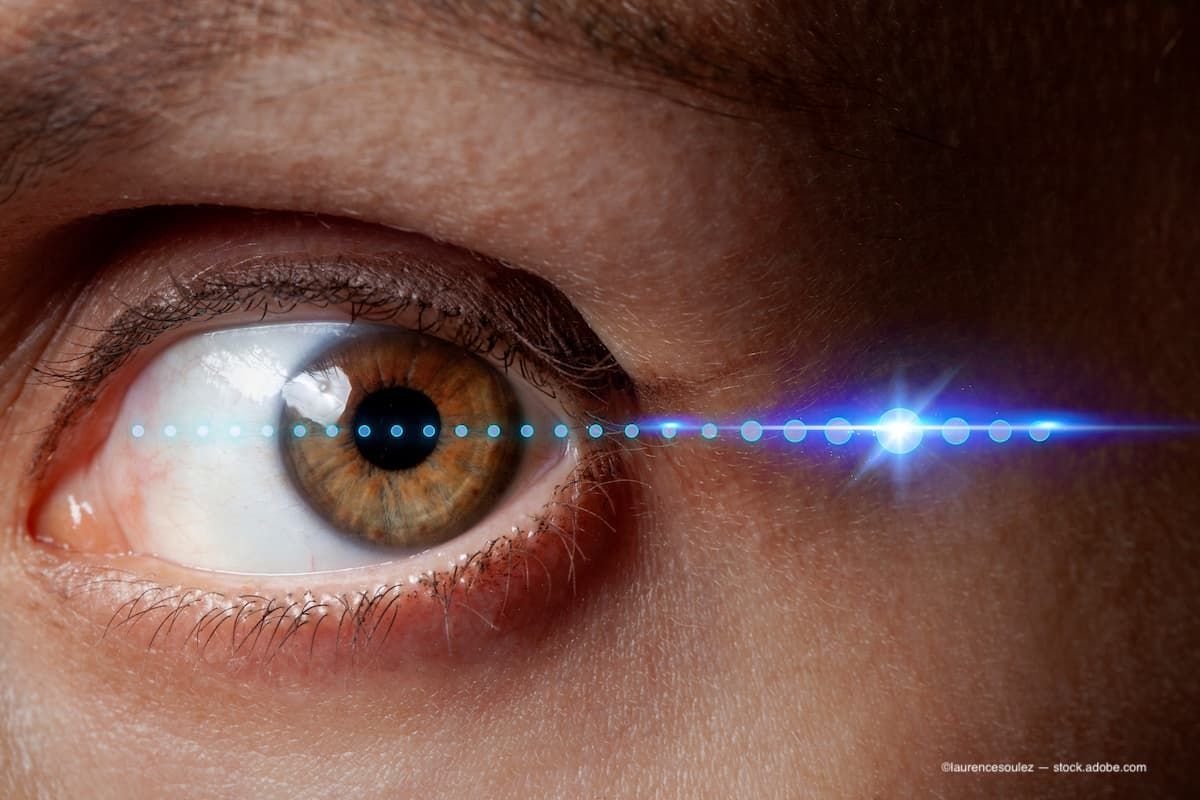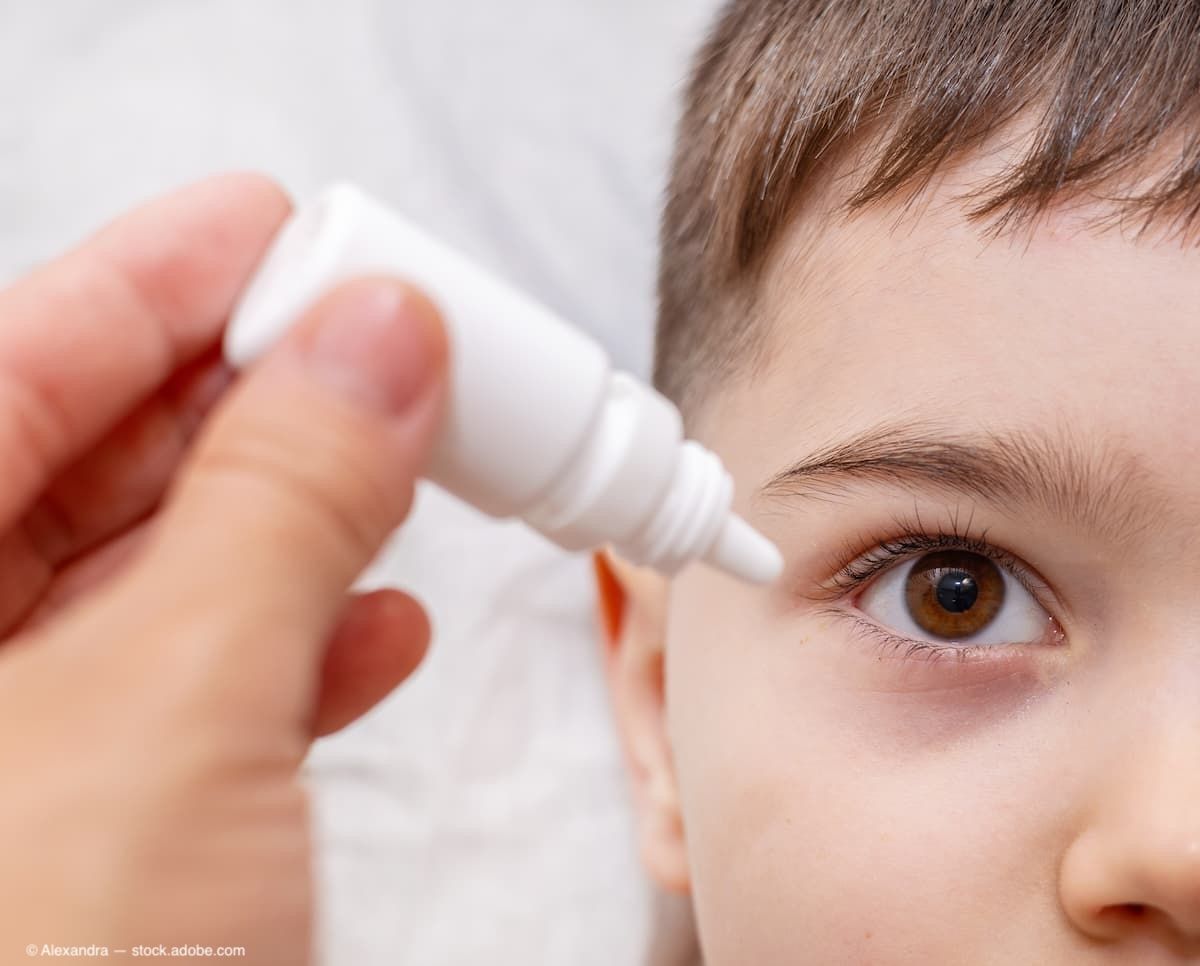Article
Study: Tuberculosis treatment induces optic neuropathy
Author(s):
Researchers recommended that patients being treated with ethambutol should be screened regularly by an ophthalmologist for the early detection of optic neuropathy.
Ethambutol, a treatment for tuberculosis, induced cases of optic neuropathy. (Image Credit: Adobe Stock/laurencesoulez)

A team of researchers found that ethambutol, a treatment for tuberculosis, induced cases of optic neuropathy, and the initial visual acuity was the important factor that affected visual recovery.1
Lead author Supaporn Srithawatpong, MD, from the Departments of Ophthalmology, Rajavithi Hospital, Ministry of Public Health, and the College of Medicine, Rangsit University, Bangkok, Thailand, and colleagues reviewed the medical charts of patients who developed optic neuropathy after undergoing treatment with ethambutol for tuberculosis infections.
The researchers analyzed the demographic and clinical data to assess the visual recovery and associated factors after ethambutol was discontinued.
A total of 5394 patients who had been diagnosed with tuberculosis infection and treated with ethambutol were identified. Of these, 23 patients (0.43%) developed ethambutol-induced optic neuropathy.
Of the 23 patients, 39.13% of patients achieved good visual recovery.
Female sex was identified by logistic regression analysis as being significantly associated with good visual recovery (odds ratio, 12.0; 95% confidence interval, 1.56, 92.29; p = 0.02), the investigators noted.
Linear regression analysis identified a significant association between good initial visual acuity as the numerical factor significantly related with it (p < 0.001). After adjustment with multivariate analysis, the initial visual acuity was found to be the only significant factor associated with visual recovery.
All patients with initial visual acuity of better than 20/200 at first visit achieved good visual recovery.
The investigators recommended that patients being treated with ethambutol should be screened regularly by an ophthalmologist for early detection of optic neuropathy. If the disease develops, ethambutol should be discontinued immediately to prevent potentially devastating visual loss.
Reference:
Srithawatpong S, Chaitanuwong P, Yospaiboon Y. Factors affecting visual recovery in patients with ethambutol-induced optic neuropathy. Clin Ophthalmol. 2023;17:545-54; Published online February 9, 2023.
Newsletter
Don’t miss out—get Ophthalmology Times updates on the latest clinical advancements and expert interviews, straight to your inbox.




